You already have a central air conditioner, but you're wondering if you can still use a window AC. This is a common dilemma that homeowners are confronted with and unsure about. But don't worry! We have done the research to help you decide.
You can use a window AC even if you already have central air conditioning. Just as certain situations will benefit from having a window unit on hand and ready to use, there are unwelcome consequences if you don't do it right.
Learn more about the pros and cons of using a small window air conditioner alongside your bigger central AC unit. After reading this article, you'll have gained sufficient knowledge that will help you with this window and central AC issue. So let's get started!
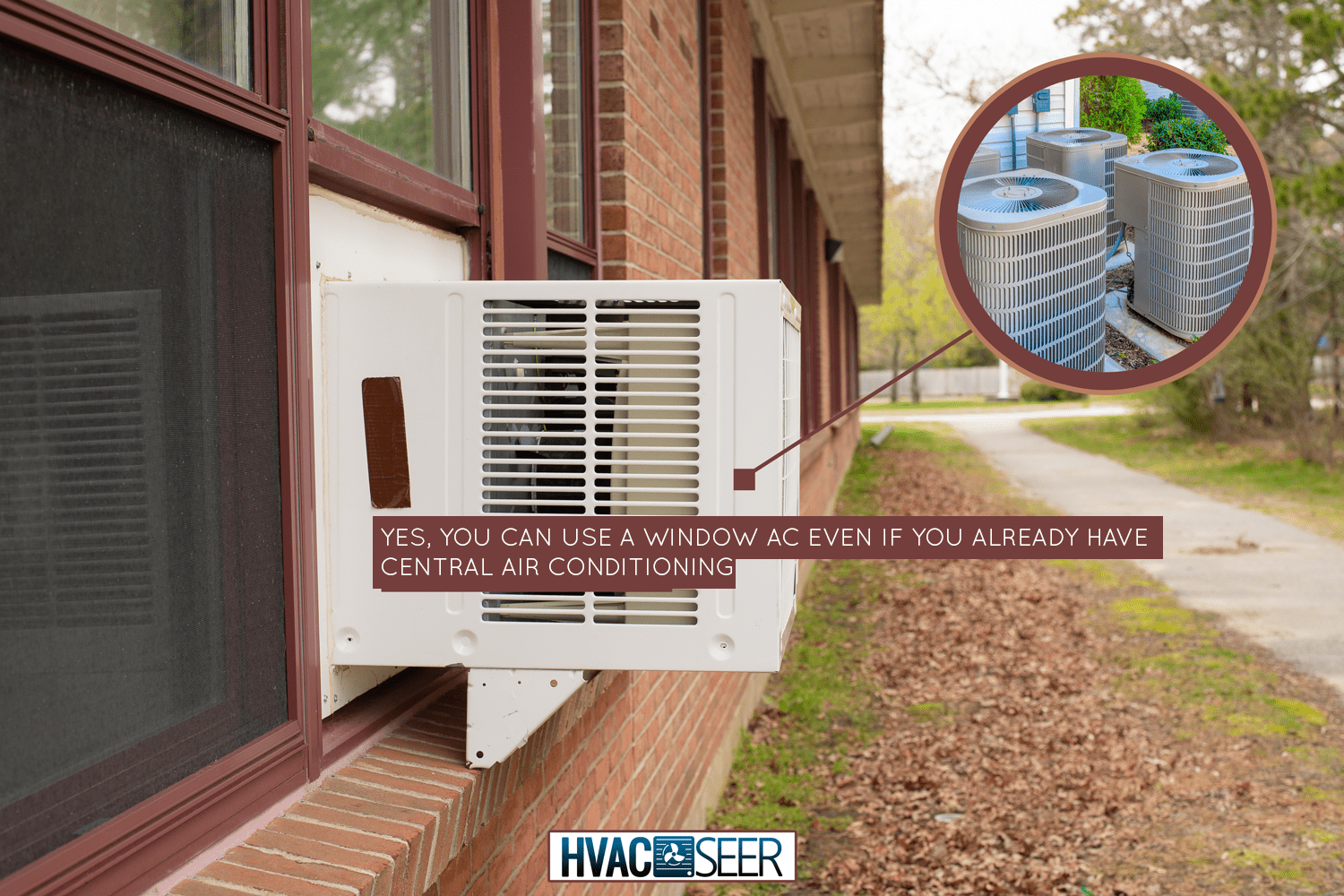
Why Use a Window AC when You Have Central Air Conditioner?

Having a window air conditioner in selected rooms is a wise purchase that will pay off in the long run through savings and your comfort. Here are a few reasons to have a window AC in your house:
A window AC lets you save on your electric bill
Depending on its size, a window air conditioner will use anywhere from 500 to 1,500 watts to run while a central air conditioner for a 1,500 to 2,000 square foot home will use about 3,500 watts.
When the weather turns colder or you're alone in the house, you can turn on the window unit instead of running the central AC and save on electricity.
A window AC cools parts of the house not reached by central AC
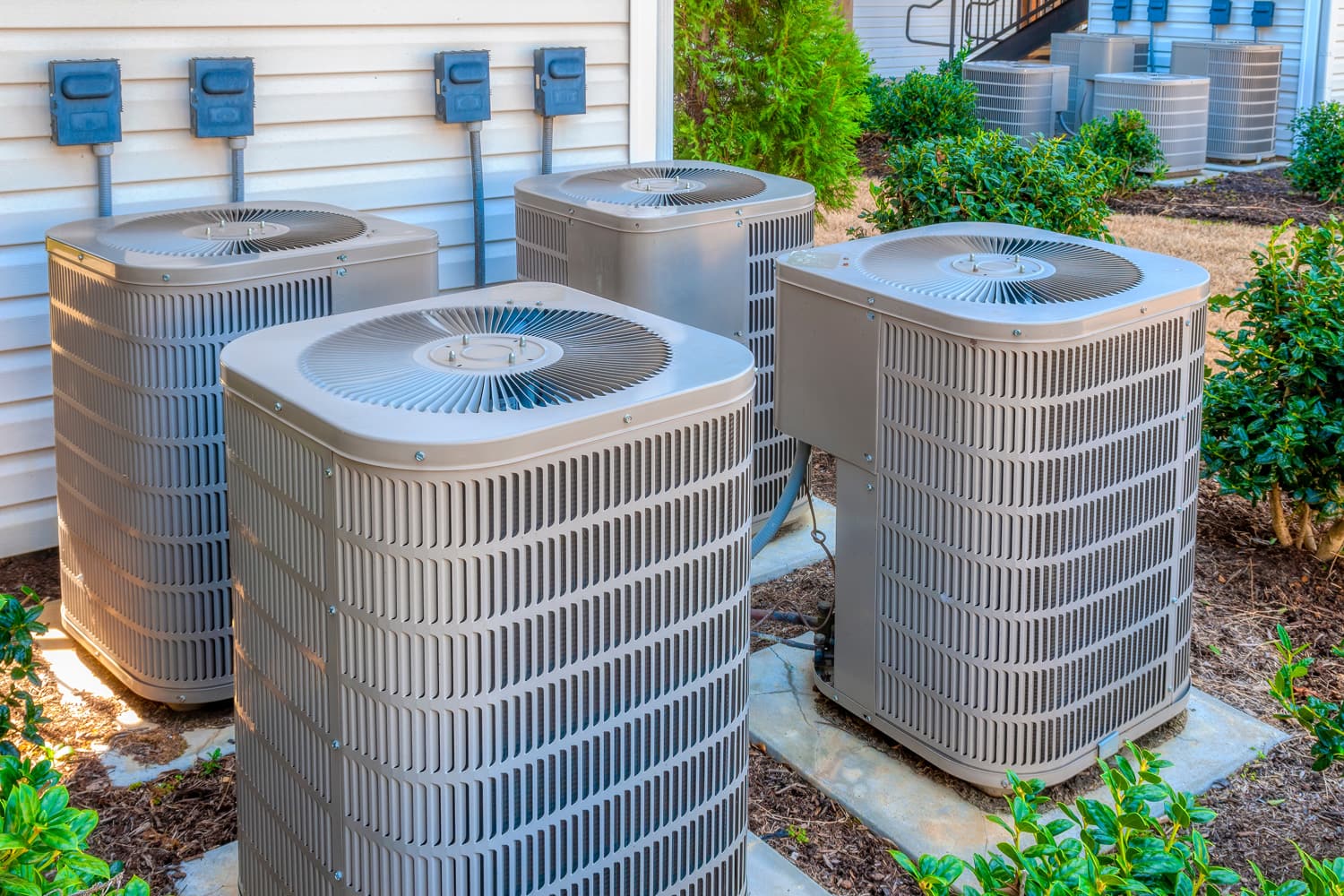
If some rooms in your house feel warm, a window unit in that room will eliminate the problem. This might also be due to open windows, closed vents, dirty filters, or clogged ducts. Check for them to prevent the unnecessary use of an additional air conditioner.
A window AC will cool only the parts of the house being used
If a room is warm, a window AC can cool it in about 15 minutes because it responds fast.
Caution: Don't make the mistake of running three or more window ACs instead of the central unit. Three window units running simultaneously will use up more power than one central AC.
How to Choose a Window Unit for Your Room Size
A window AC of the proper size will provide maximum efficiency for the intended space. The size refers to the unit's cooling capacity and is expressed in BTU (British Thermal Unit) per hour.
Window units come in varying cooling power, from 5,000 to 12,500 BTUs/hr. As a rule of thumb, allow for 20 BTUs for each square foot of a room.
Check out this window-mounted air conditioner on Amazon.
An undersized window AC will not provide enough coolness for the room. It will use more energy, because the unit's compressor will continuously run to achieve the desired coolness.
On the other hand, an oversized window unit will give you a room that's too cold to be comfortable. It won't dehumidify the room evenly, resulting in warm and cold pockets.
Sizes of Window AC
Consumer Reports cites the proper sizes of window units in BTU vis-à-vis a room's square footage:
- 100 - 250 sq ft space = BTU 5,000 - 6,000 (bedroom; playroom)
- 250 - 350 sq ft space = BTU 7,000 - 8,000 (primary bedroom; playroom)
- 350 - 550 sq ft = BTU 9,800 - 12,500 (living room; family room; open plan)
How to Use a Window AC Efficiently
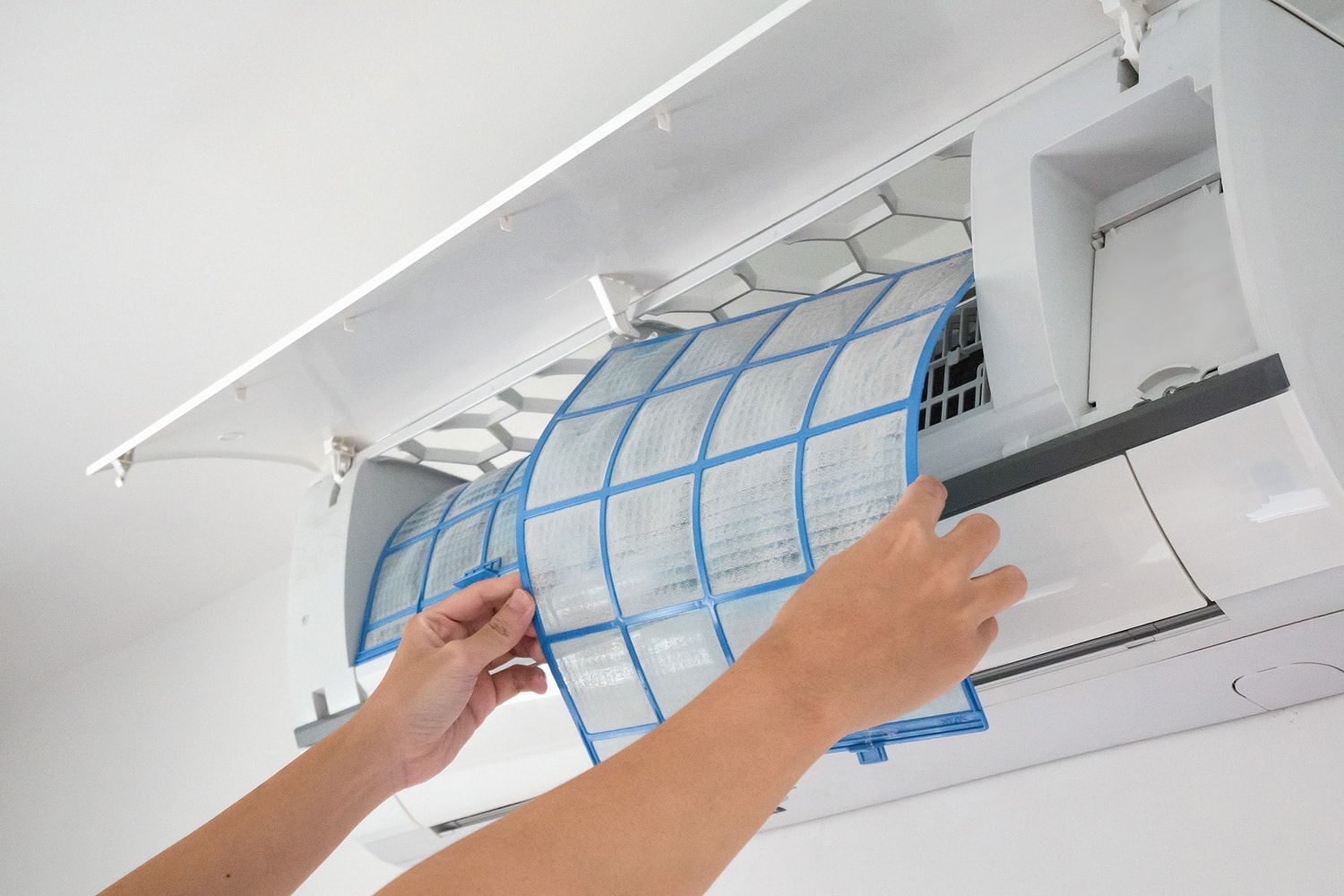
Efficient use of your window air conditioner is not only good for your wallet; it benefits the planet as well. Follow these tips to get the most comfort out of your window AC and avoid costly malfunctions:
Clean the air filters regularly
Your AC's air filter traps germs, dust, pet dander, and pollen to keep the conditioned air free from pollutants and protect your health. Dirty air filters not only endanger you but also decrease the unit's efficiency and increase your electric bill.
Make it a routine to clean the AC's air filter and reuse or replace it. The U.S. Department of Energy recommends cleaning the filter every two months, and more frequently if you have pets or when pollen season comes.
Avoid extreme temperature changes on your air conditioner's thermostat
Having the AC on full blast during the hot humid months can increase your utility bill by as much as 50 percent. It will also make the compressor work harder and may cause it to fail.
To maintain comfort and efficiency, the recommended setting for your AC is 78 °F if you're home and 85 °F if you're away.
Clean the evaporator and condenser coils of your AC yearly
The air filter protects the AC coils from dust and dirt, but eventually, they will collect dirt, especially if you're living in a place that's dusty or full of foliage.
Dirty coils inhibit airflow and affect the heat-absorbing capability of the unit, reducing its overall efficiency.
Use a smart thermostat
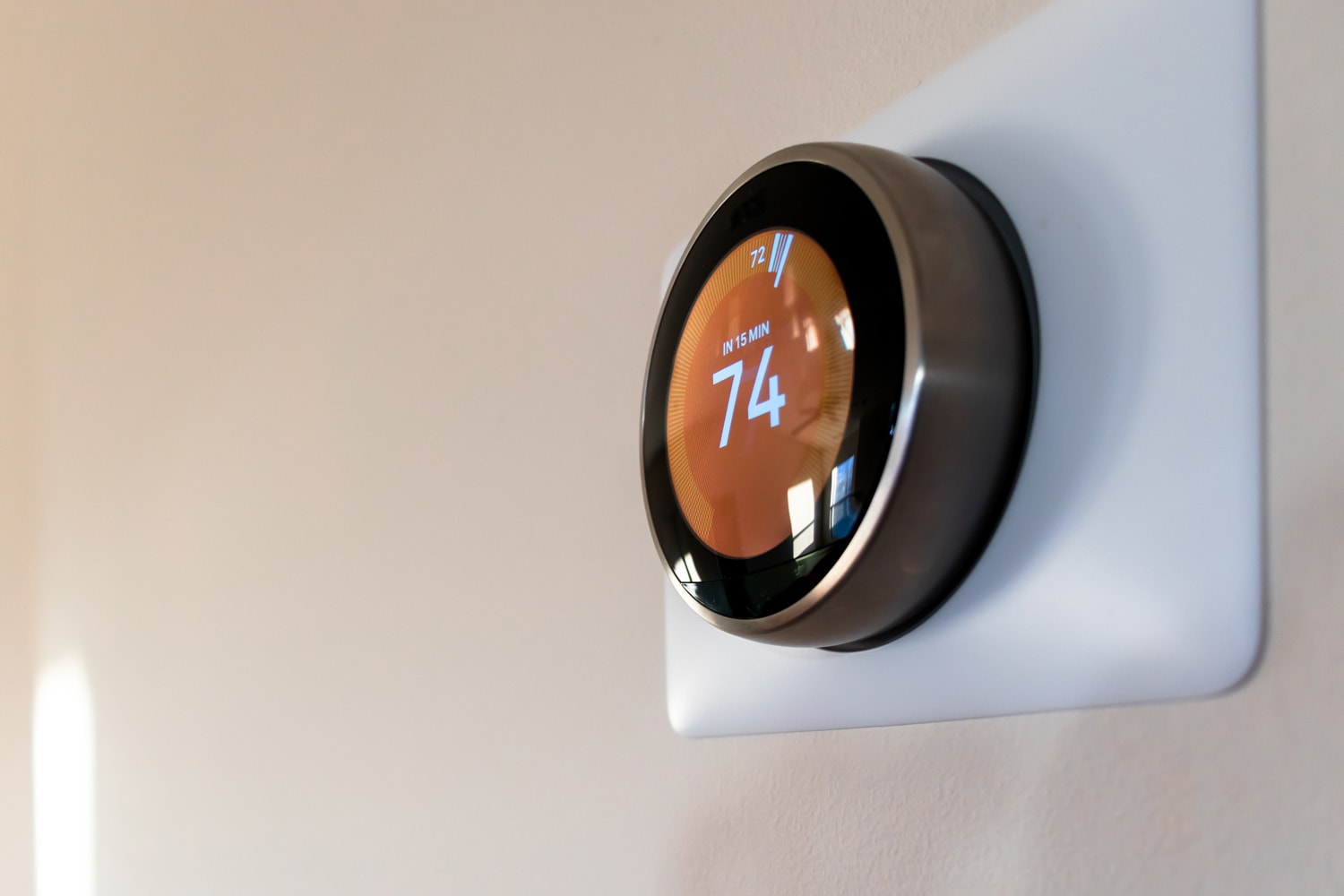
Automated and programmable thermostats will relieve you of the need to constantly check and change the AC's thermostat settings to conform to your home situation.
Set it to your desired temperatures for when you're home or away or sleeping. These smart controllers have been found to decrease electric bills by as much as 25 percent.
Drawbacks to Getting a Window AC
Although a window unit has many attractive features, it can also present several challenges. Here are common concerns you should be aware of:
Installation can be tricky if your house or apartment has a swing-out casement or sliding window
A window air conditioner is easy to install if you have double-hung windows. Fortunately, double-hung windows are the most common type in homes and apartments in the U.S. These are the type that has two movable sashes that slide up and down.
But installing a window AC in a swing-out casement or a sliding window entails more work and know-how. You have the option of buying window AC units made specifically for these types of windows but they are more expensive than the regular ones. Always follow the manufacturer's instructions for installation.
Always have a helper when installing a window unit. These appliances are quite heavy, weighing 50 to 100 pounds, and you don't want to sustain injuries or drop the unit several floors down just because you attempted to lift and install it alone.
You have to remove the window AC from its place for storage
You can do this during the cold season and take it out again for installation when the weather turns warmer.
Since the rear portion of the window air conditioner is exposed during the cold months, the coils and other parts inside will freeze and get damaged, rendering your unit inoperable.
To prevent this from happening, you have to remove the bulky contraption from its casing and put it in a box for storage in the attic or basement, then return it to the window when the weather turns warmer.
This is not a simple task, and you'll need another person to help you slide and lift the unit inwards and into the box. Remember to keep all the screws, brackets, and other objects in a clear plastic bag and store it along with the unit.
Window air conditioners may not be allowed in your place of residence
Before installing a window AC, check your building's regulations on this. Some condo complexes, apartments, and villages don't allow the installation of window AC units for aesthetic reasons. The back side of air conditioners jutting out of the home or building is unsightly.
Window AC units can be a security risk
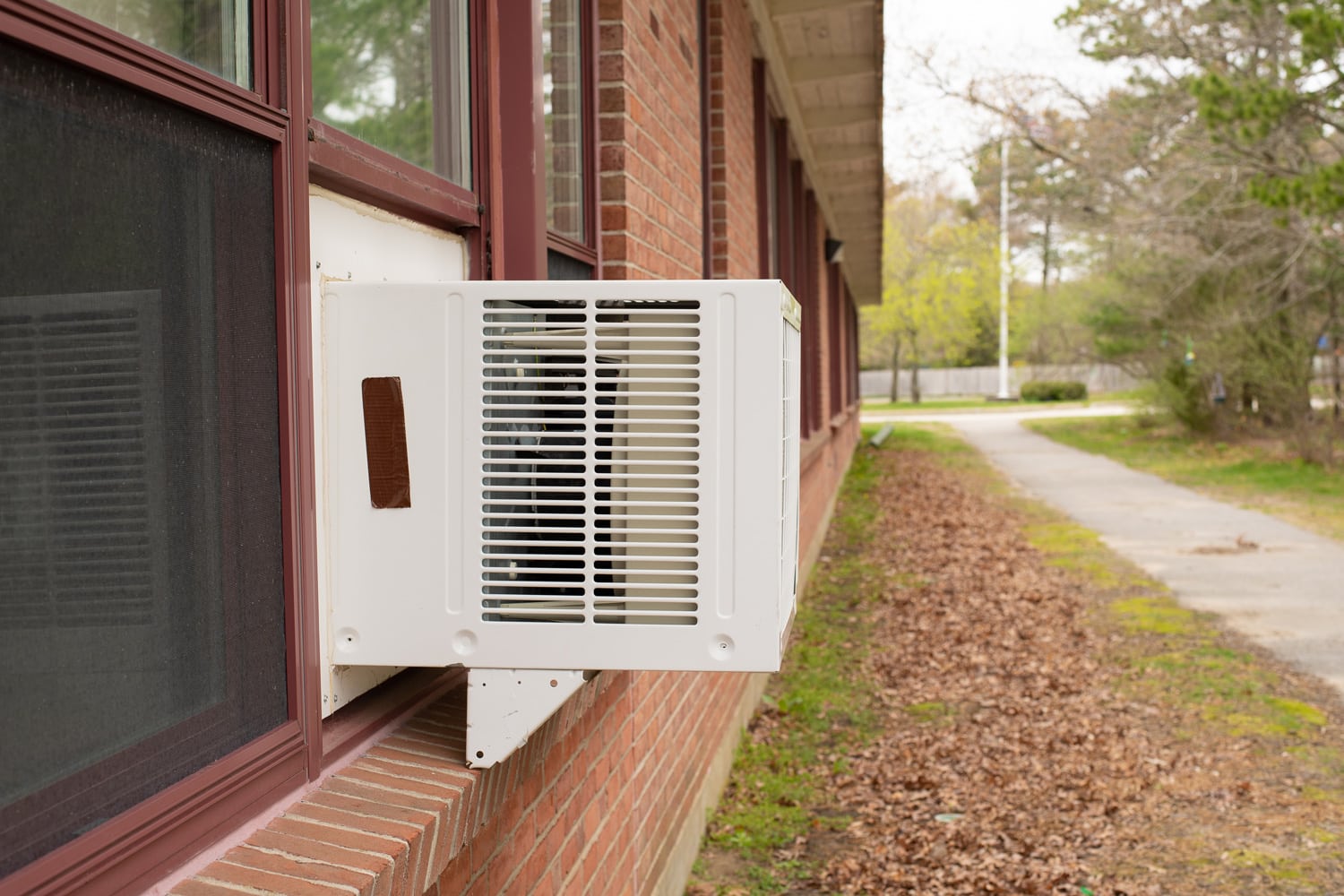
A window air conditioner installed on the ground floor level of your house may be used to gain entry into the home by thieves since window units are easy to remove from the outside.
Using a Window Air Conditioner Without a Window: Is It Possible?
You want to supplement your central air conditioner with a window unit but you don't have a window. What are your options?
If you already have a window unit and want to use that, you can cut a hole in the wall and fit the AC in it. This will be a permanent position since removing it will leave a hole in the wall.
Another option is to get a portable AC. This type of air conditioner is an option for rooms without a window or in residences that don't allow the installation of window AC.
A portable air conditioner is a stand-alone unit that is great for cooling small rooms, and it has wheels to move it to other rooms. All units come with a window kit for venting the warm air outside along with the moisture that is removed from the atmosphere.
Click here to see this portable air conditioner on Amazon.
The Takeaway
With prudent and smart use, you can use a window AC to supplement your central air conditioner and still maintain energy efficiency while protecting the environment.
Before you go, check out these other posts:


